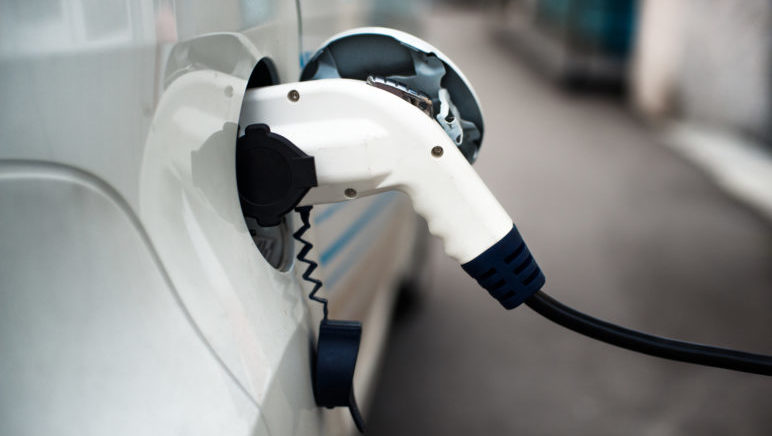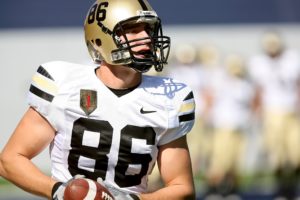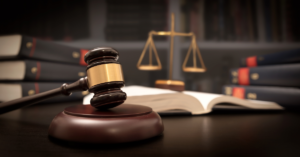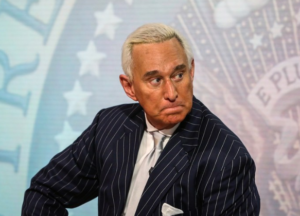Radio Law Talk Segment
Tesla Autopilot
*We do not get political. We just give the facts and the law.
*Remember this is entertainment, make it interesting and applicable to the general population.
INTRO:
On May 7, 2016, Brown, a Navy SEAL died when his Tesla, Model S, a self-steering vehicle hit a truck at an intersection.
FACTS (brief, 6 sentences):
Tesla launched its Model S vehicle in 2015. This model has an Autopilot software that uses camera sensors and other radars to self-drive. On May 7, 2016, Brown was using his car, during which he did not have his hands on the wheel. The car gave Brown seven warnings to “Hold Steering Wheel,” but the car continued to function. At an intersection, his car struck the side of a truck trailer that was making a left turn in front of him.
ISSUES (Summarize both sides argument, both perspectives. You can use bullet points):
- Whether Tesla is partly to blame for the 2016 crash of its Model S in 2016?
- Yes: Tesla’s security system at the time permitted drivers to keep their hands off the wheel with very little to stop them from being inattentive while the car was driving
- Tesla released a new version of autopilot that makes it more difficult for drivers to ignore the warnings of putting their hands on the wheel
- No: the company required customers to acknowledge the Autopilot’s limitations before it would allow the systems to operate and every time the system is engaged it reminds the driver to keep his/her hands on the wheel
- Yes: Tesla’s security system at the time permitted drivers to keep their hands off the wheel with very little to stop them from being inattentive while the car was driving
LAW (with references, no need for blue book citations. This is the most important part, make sure the attorneys can answer any questions from callers on the topic. You can use bullet points):
- A big problem associated with self-driving cars is the liability if someone gets into an accident; it might be on the manufacturer to prove it wasn’t responsible for what happened in the event of a crash (Self-Driving Cars and Insurance, 2014 WL 408510, 5)
- One argument – this is not a manufacturing defect, it is simply a less than perfect system, like many other cars
- For example, in Feldman v. CSX Transp., Inc. the court held that the covered hopper car design did not violate the Safety Appliance Act as a matter of law, thus the defendant corporation would not be liable for the less than perfect car design
- Manufacturers are not insurers and their duty is to use reasonable care when they design vehicles to avoid subjecting a driver to the risk of injury. Larsen v. General Motors Corp., 391 F.2d 495, 502
- Here, there is no indication that Tesla failed to test the vehicle or disclose an imperfection inherent in their Model S vehicle. Zesch v. Abrasive Co. of Phila (if an imperfection could be disclosed by a test, it would be reasonable that the manufacturer would be under a duty to make the test) 353 Mo. 558, 183
- A class action suit has been filed against Tesla on the basis that there is a manufacturing defect – the cars sometimes veer out of lanes and slam on the brakes for no reason
- “A vehicle or component contains a defect if it is subject to a significant number of failures in normal operation, including failures either occurring during specified use or resulting from owner abuse that is reasonably foreseeable” (S. v. GM, 518 F.2d 420, 427)
- This could be potentially useful case law for plaintiffs if they can prove that Tesla could have foreseen that owners of the car would not keep their hands on the wheel if there was nothing stopping the car’s operation
- This might be evidenced by the fact that four months after the accident Tesla modified the original version of Autopilot that will automatically stop after driver ignores the warnings to put his hands on the wheel
- Plaintiffs will need to prove that 1. The product was defective, 2. That the defect existed when it left the hands of the defendant, and 3. That the defect caused the harm (Ellis v. Chicago Bridge & Iron Co., 376 Pa. Super. 220)
- Restatement Second of Torts §402(A)
- Note: some courts have refused to apply the Restatement Third of Torts regarding manufacturing defects (like the Supreme Court of Pennsylvania in Tincher v. Omega Flex, Inc.), and continue to use the Restatement Second of Torts §402(A))
- Plaintiffs will not succeed in their claim if they cannot demonstrate that the misuse of the product was not the cause of the failure (S. v. General Motors Corp.)
- Restatement Second of Torts §402(A)
- Contributory negligence
- If Tesla has some responsibility for this car crash, the plaintiff will also bear some of the blame by contributory negligence by failing to keep his hands on the wheel as directed by the vehicle
- However, depending on whether this was foreseeable, this might still be categorized as a “design defect” (S. v. GM, 518 F.2d 420, 427)
- If Tesla has some responsibility for this car crash, the plaintiff will also bear some of the blame by contributory negligence by failing to keep his hands on the wheel as directed by the vehicle
- This could be potentially useful case law for plaintiffs if they can prove that Tesla could have foreseen that owners of the car would not keep their hands on the wheel if there was nothing stopping the car’s operation
- “A vehicle or component contains a defect if it is subject to a significant number of failures in normal operation, including failures either occurring during specified use or resulting from owner abuse that is reasonably foreseeable” (S. v. GM, 518 F.2d 420, 427)
DETAILED FACTS (tell the story):
Tesla might be partly at fault for the 2016 crash. Although Brown did not follow the instructions he was given by the car and the warnings, Tesla knew or should have known that users of the vehicle would not put their hands on the wheel if they thought the vehicle was operating fine without their surveillance. Plaintiffs will have to prove that the Model S had a design defect to prevail in their class action suit against Tesla. Furthermore, Tesla’s new version of Autopilot might have corrected this defect, but it might also indicate they had knowledge that users were abusing the product.
OTHER FACTS (interesting facts, related facts, trivia, etc.):
- Self-driven cars are being spoken of a lot lately – and not just with regards to torts
- Uber has been sued by Google in late February for patent infringement and theft of trade secrets related to Google’s automated-car program
ARTICLE LINKS (so we can print them out):
https://www.usatoday.com/story/money/cars/2017/06/20/tesla-self-driving-car-crash/411516001/
MEDIA (less than a 2 minutes FUNNY sound bite. You can include a couple of options. We realize that for some topics there is not much):
https://www.youtube.com/watch?v=MlF2d9E0gB4




